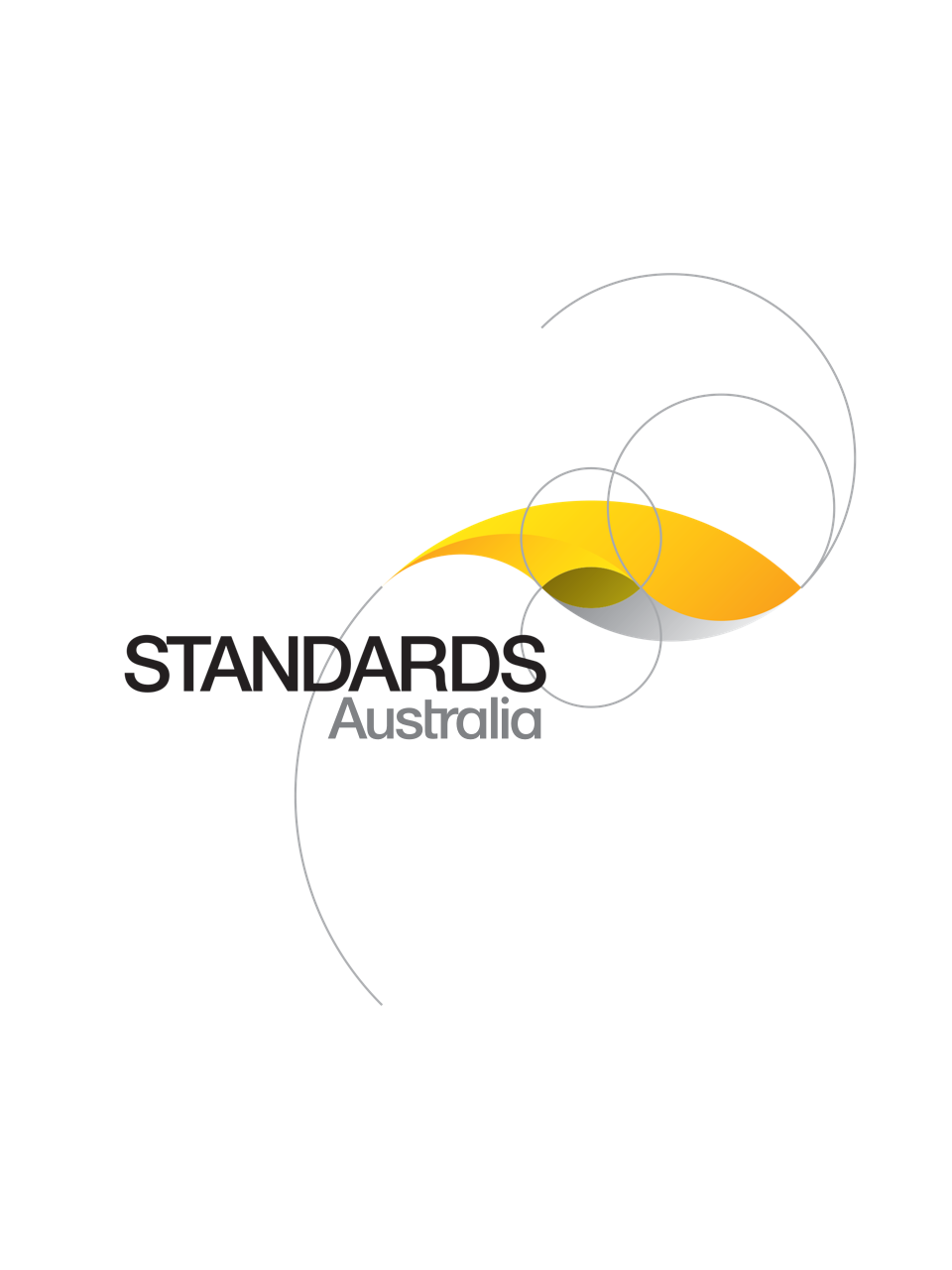Standard
Track updates
AS 2118.4-2012
[Pending Revision]Automatic fire sprinkler systems, Part 4: Sprinkler protection for accommodation buildings not exceeding four storeys in height
Specifies requirements for the design, installation and acceptance testing (commissioning) of automatic fire sprinkler systems in accommodation buildings not more than four storeys.
Published: 22/05/2012
Pages: 41
Table of contents
Cited references
Content history
Table of contents
Header
About this publication
Preface
Foreword
1 Scope and general
1.1 Scope
1.2 Application
1.3 Normative references
1.4 Definitions
2 Installation
2.1 General
2.2 Extent of sprinkler protection
2.2.1 General
2.2.2 Protection and exemptions
2.2.3 Exceptions
2.2.4 Protection criteria
2.2.5 Pipe sizing
2.2.6 Deformable ceilings
2.2.7 Lift shafts, service shafts and enclosed chutes
2.2.8 Commercial type cooking installations
2.3 Smoke alarms
2.4 System types
2.5 Pipe sizing and layout
2.6 Area of coverage
3 Water supplies
3.1 General
3.2 Sources of supply
3.3 Connection to town main
3.3.1 General
3.3.2 Priority demand valve
3.3.3 Town main water supply
3.4 Supply, flow, pressure and duration
3.5 Pumpsets
3.5.1 General
3.5.2 Pump duty
3.5.3 Pumpset starting—Pressure switches
3.5.4 Power supply
3.5.5 Wiring
3.5.6 Valves
3.5.7 Pressure gauges
3.5.8 Maximum allowable working pressure
3.5.9 Marking
3.5.10 Pipe work
3.6 Tanks
3.6.1 General
3.6.2 Storage tanks—Atmospheric
3.6.3 Storage tanks—Pressure
3.7 Connection to fire hose reels
3.8 Fire brigade booster connection
4 Design and hydraulics
4.1 General
4.2 Documentation
4.2.1 General
4.3 Design criteria
4.3.1 General
4.3.2 Number of sprinklers assumed to operate
4.3.3 Design flow
4.3.4 Design criteria for ancillary areas exceeding 75 m2 and areas outside the residential occupancy (including shafts, chutes and cooking hoods)
4.4 Spacing of sprinklers
4.4.1 General
4.4.2 Sprinkler spacing
4.4.3 Obstructions to water distribution
4.4.3.1 General
4.4.3.2 Beams and walls
4.4.3.3 Columns and trusses
4.4.3.4 Suspended or floor-mounted vertical obstructions
4.4.4 Impact on response time
4.4.4.1 General
4.4.4.2 Sloped ceilings
4.4.4.3 Heat sources
4.4.4.3.1 General
4.4.4.3.2 Temperature classifications
4.4.4.3.3 Airconditioning diffusers
4.5 Compatibility
4.6 Identification
4.7 Site plan
4.8 Emergency instructions
4.9 Hydraulic calculations
4.10 System interface
4.11 Pressure gauge schedule
5 Components
5.1 General
5.2 Valves and drains
5.2.1 Valves
5.2.2 Drains
5.2.3 Non-return valves
5.2.4 Pumps
5.2.5 End of line valve
5.2.6 Sprinkler stop valve
5.3 Pressure gauges
5.4 Pipe and pipe fittings
5.4.1 Piping
5.4.2 Piping support
5.5 Sprinklers
5.5.1 General
5.5.2 Types of sprinklers
5.5.3 Spare sprinklers
5.5.4 Painting of sprinklers
5.6 Provision for testing
5.7 Alarms
5.8 Transmission of alarm signal to fire service
6 Acceptance testing
6.1 General
6.2 Hydrostatic pressure test
6.3 Pre-test equipment checks
6.4 Equipment tests
6.5 Water supply tests
6.5.1 General
6.5.2 Main drain valve water supply test
6.5.3 Water supply proving test
6.5.4 Compression ignition (diesel) engine-driven pump start and run tests
6.5.5 Electric motor-driven pump start and run tests
6.5.6 Pressure maintenance/jacking pumpsets
6.6 Final system checks
6.7 Documentation
Appendix A
Bibliography
Cited references in this standard
[Current]
Fire hydrant installations, Part 1: System design, installation and commissioning
One-time Purchase
Access via web browser on any device
One-time purchase
Single publication
Offline access via PDF^
$177.61 AUD
Inclusive of GSTFormat *
Web Reader
Licenses *
1 License (for yourself - not shareable)
Total$177.61 AUD
IMPORTANT
